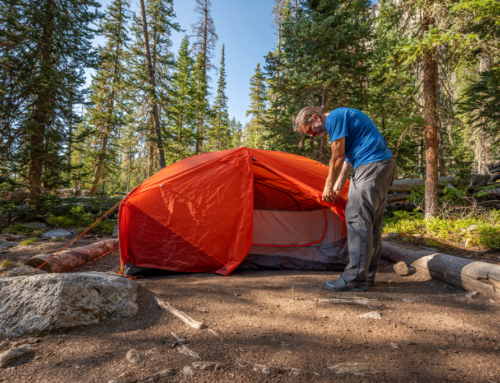GoCampingAmerica.com | Posted February
8th, 2021
RVing
101: 7 Tips for Taking Care of Your Tires
Happy Camper Blog
Just like a
house needs a strong foundation, your RV needs to be equipped with a set of
well-maintained tires to keep your family safe and your rig operating
smoothly when you’re on the road. Here are seven steps you can take to care
for your tires:
- Know your RV’s correct tire
pressure – You can find this information in your owner’s
manual and/or on a plate or sticker inside your RV. Your tire manufacturer
can also be a good source of information. Keep in mind that the PSI (pounds
per square inch) indicated is the maximum tire pressure
your tires should ever have. - Monitor your tires so you can keep them properly
inflated – Overinflated tires can affect your RV’s stability,
while underinflating them can result in tire damage and/or dangerous
blow-outs. Some RVs are equipped with an automatic tire pressure monitoring
system or you can have one installed. Another option is to use a digital tire
gauge. If you’re monitoring your tire pressure manually, be sure to do it on
a regular basis. Keep in mind that tires naturally lose air pressure over
time and a drop in temperature can cause them to lose even
more. - Regularly check the sidewalls for cracks and
splits – These are signs that your tires are getting old and
should be checked by an expert to see if they need to be replaced. - Distribute the weight in your RV
evenly – Learn your RV’s maximum allowable weight and what it
weighs empty to determine how much cargo you can carry. You can find this
information on a label in your RV. Then, as you load cargo, make sure It’s
evenly distributed to help ensure that your tires wear
evenly. - Have your tires rotated regularly –
This will also help them wear evenly. If you have a full-sized spare, include
it in the rotation so all five of your tires will have even
wear. - Replace tires when necessary – Have
them inspected regularly, then replace any tires that are showing signs of wear
to minimize the risk of having a blow-out. Some experts say that your tires
should never be more than six years old. To check the age of your tires, look
for the DOT code stamped on the inside sidewall, then check the last four
digits. The first two digits indicate the week the tire was manufactured and
the last two indicate the year. For example, if a tire’s four-digit code is
2218, it was manufactured in the 22nd week of 2018. - Keep Your Tires Clean – This will
also help them perform better. There are specialized products on the market,
but simple soap and water will do. Avoid using any type of solvent that could
damage your tires.
If you have any questions, don’t hesitate to contact your local RV
tire professional. They’ll be able to help you make sure your tires are safe.
If you take good care of your tires, they’ll take good care of
you.




